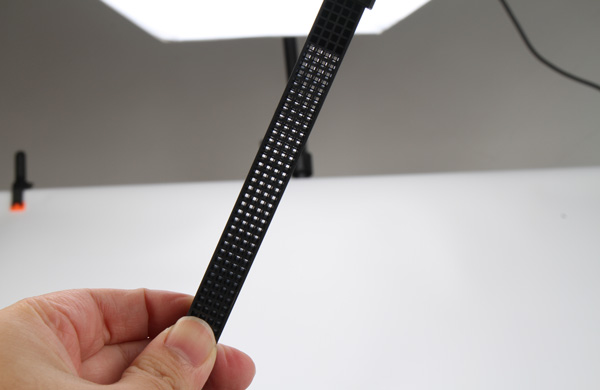In the precise manufacturing realm of injection molding, material shortage is undoubtedly a stubborn issue that affects product quality and production efficiency. Today, let's delve deep into the mystery behind material shortage in injection molding, starting from the equipment perspective.

Plastic Mold Manufacturing's Workshop of Wisdom
The Limits of Injection Molding Machine's Plasticizing Capacity
When the selected injection molding machine's plasticizing capacity is insufficient to meet the product's molding needs, it's like a small horse pulling a large cart, naturally struggling. When the product demand exceeds the machine's maximum injection mass, material shortage becomes inevitable.
The "Lie" of the Thermometer
When there is a deviation between the temperature displayed on the thermometer and the actual material temperature, with a high surface temperature but a low actual temperature, this results in insufficient plastic melt temperature and reduced fluidity, subsequently leading to material shortage issues.
The Delicate Balance of Nozzle Aperture
The nozzle, as the "gateway" for plastic melt, has a crucial role in determining its inner diameter. If the diameter is too small, plastic flow is obstructed and easily cooled, causing blockages; if it's too large, the flow channel's cross-sectional area increases, dispersing the injection pressure and making it difficult to form effective filling. Both situations can result in material shortage.
The "Roadblock" of Condensed Material
When plastic partially melts and then cools to form blocks in the hopper or dryer, or when the temperature at the feeding section of the barrel is too high, causing early melting, these condensed materials act like roadblocks, obstructing the feeding channel or rotating with the screw without moving forward, causing irregular supply interruptions or fluctuations. This also leads to material shortage.
The "Sneak Attack" of Cold Material in the Nozzle
If the injection molding machine is only equipped with a straight-through nozzle, and if the temperature at the front end of the barrel and the nozzle is too high, or if there is excessive material stored in the barrel under high pressure, the plastic may enter the flow channel entrance before injection begins and the mold is open, and then rapidly cool under the effect of cooling water. This obstructs the smooth entry of molten plastic into the mold cavity, also resulting in material shortage.
The "Hasty Pace" of Injection Cycle
A short injection cycle means that the plastic does not have enough time to be fully heated to the ideal state. At low temperatures, the plastic has poor fluidity, which can also lead to material shortage.
In summary, the issue of material shortage in injection molding processing is actually a comprehensive test of various factors such as equipment performance, temperature control, and material management. Only by deeply understanding each link and making precise adjustments can we effectively avoid material shortage and ensure the perfect presentation of injection molded products. In our next exploration, we will continue to analyze more factors that affect injection molding quality. Stay tuned!